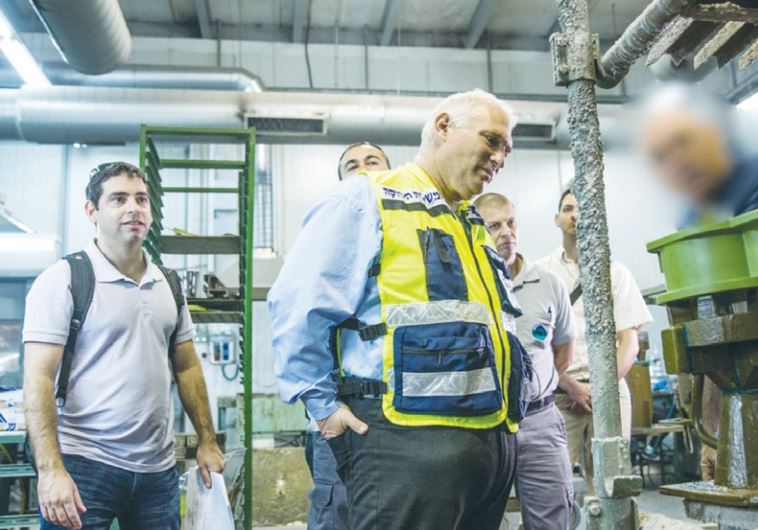Air conditions in Haifa Bay acceptable
New survey results showed that factories in the areas do not actually pose unacceptable risks when measured against international standards.
 INSPECTORS EXAMINE a factory in the Haifa Bay area.(photo credit: ENVIRONMENT PROTECTION MINISTRY)
INSPECTORS EXAMINE a factory in the Haifa Bay area.(photo credit: ENVIRONMENT PROTECTION MINISTRY)